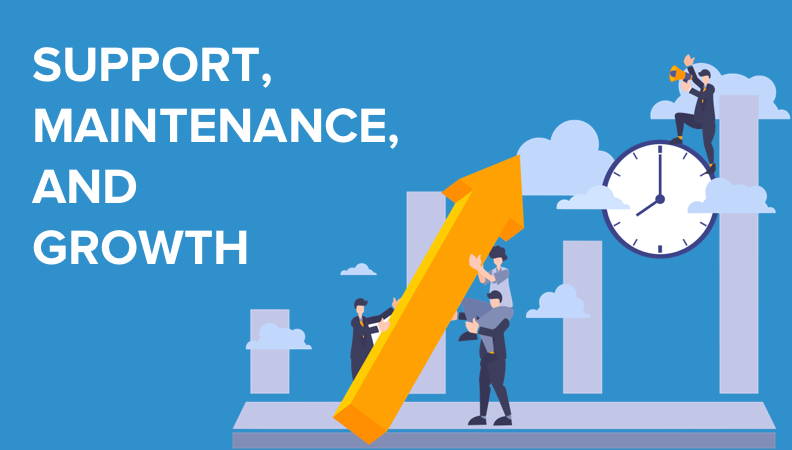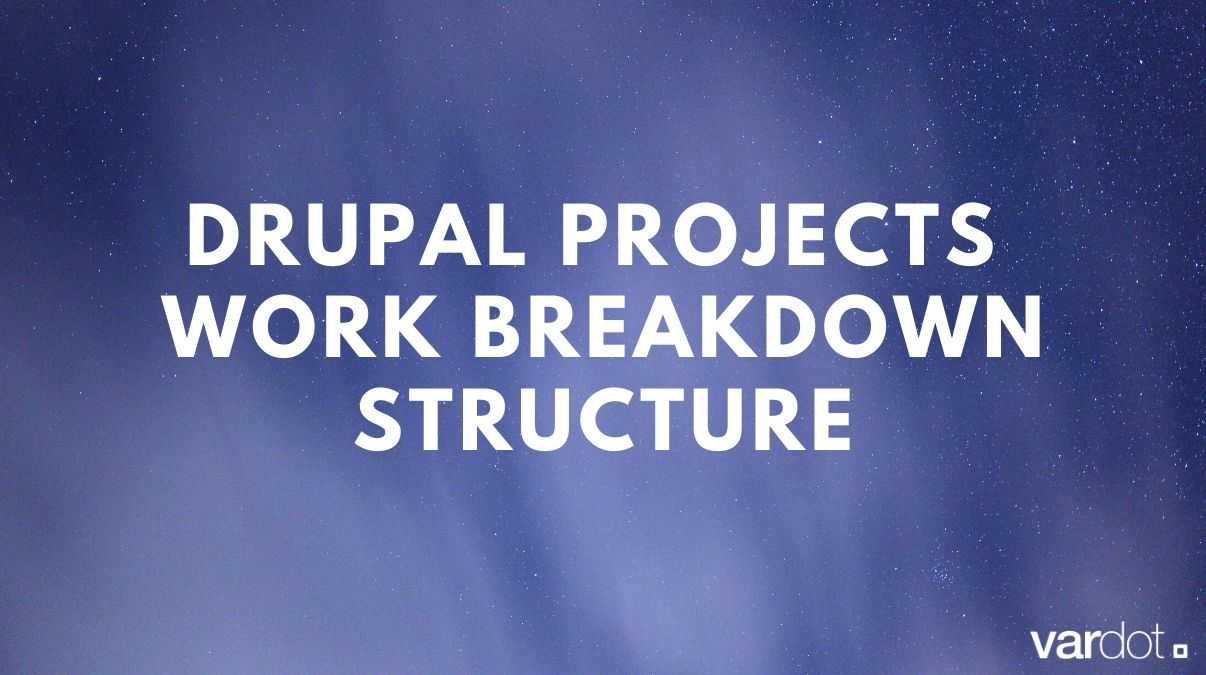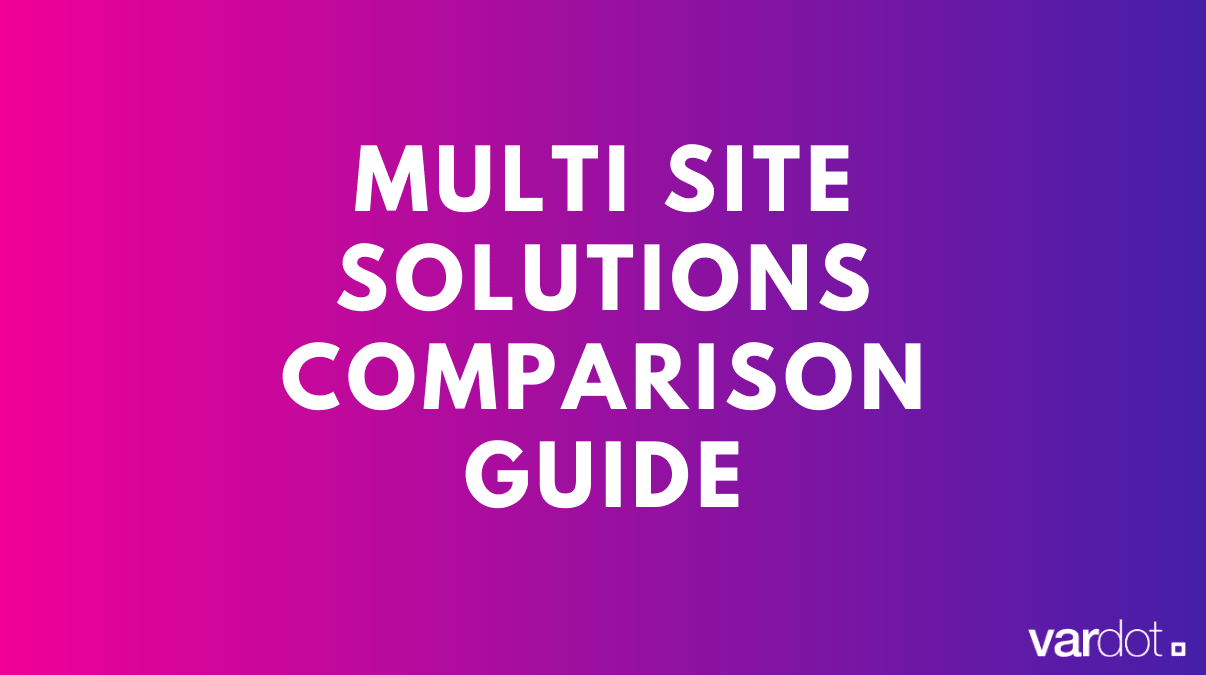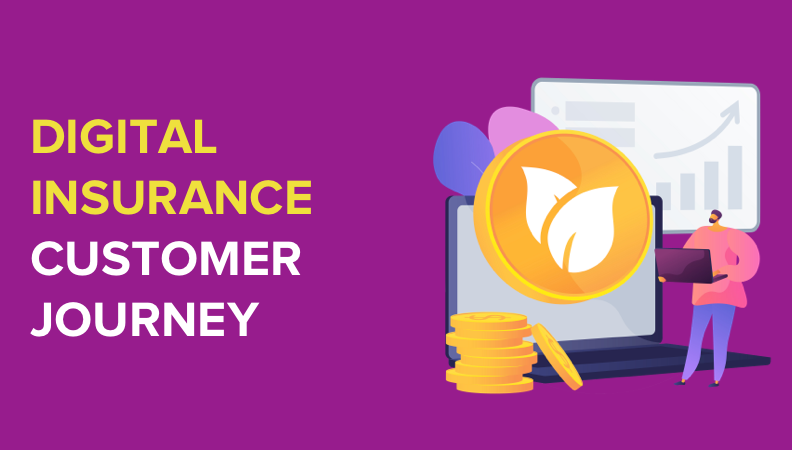
Download Now
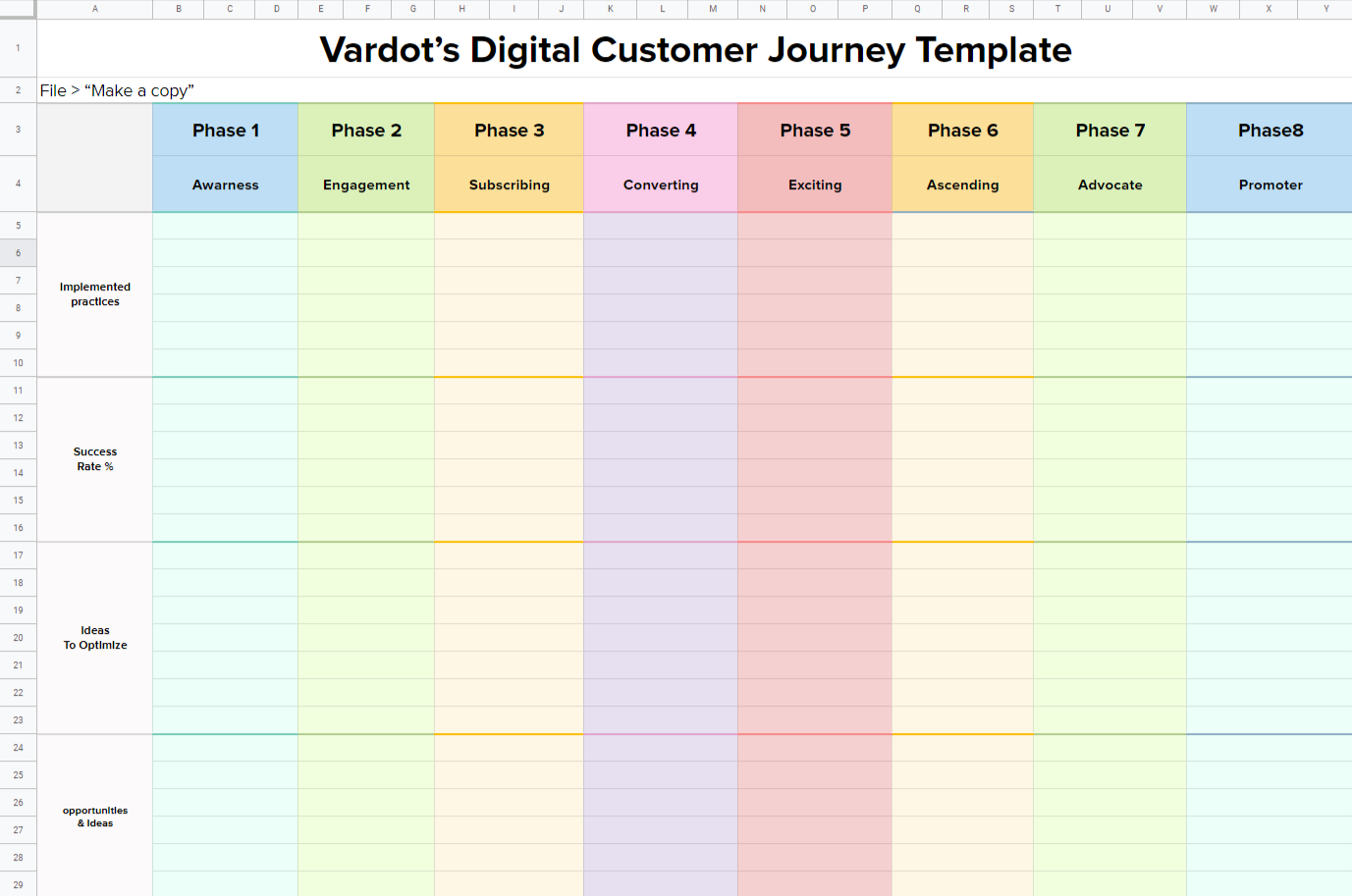
1. Awareness
In this phase, we set out all the practices we’ll rely on to reach out to an audience and make them aware our brand exists. In other words, we are talking about digital marketing! How are we going to market our brand, products, and services online? Are we going to rely on paid advertising such as Adwords and Facebook Ads, or we’d rather play the long run and focus on SEO and generating inbound leads?
2. Engagement
Engagement is the second stage in the digital customer journey. Here, the question we aim to answer is: How can we transform awareness into engagement?
People can simply take a glance at your ad, skip it, and never remember your brand again. Your efforts are now buried in oblivion! So, avoiding that requires engaging the audience, making it stare, look at, and check your piece of advertisement out.
3. Subscribing
At this point, we are trying to collect information about potential customers. The info can be exchanged for an eBook, webinar, demo, quote, call from the sales team… etc. In other words, you offer them a valuable and free tool/information that would make their lives easier, and to which they would be sharing their contact information in return.
4. Converting
So, now that we have the leads’ info, we need to get them to take a micro-action! The question is: How do we get people to make a commitment to our brand?
We usually commit to something either with our money or our time. So, we need to make the leads either spend time with us, in a demo session for instance or buy our products.
5. Exciting
This probably is the most important stage of all! It’s when we know if we’ve succeeded in all the former steps, and whether the next ones will be as great or not!
What you want to do is to pay extreme attention and devote a lot of time testing and developing the product you offer or preparing for that meeting with a prospect. If you leave a good impression combined with bewilderment and understanding at the same time, people will certainly agree to another meeting. And they would pay more money to your brand. And certainly, they now are far more likely to join you in the next stages!
6. Ascending
The ascending phase is where the sale actually occurs. Only now, we start closing our customers to buy high tickets.
Don’t focus on closing the actual sale in the moment of awareness, nor any of the first five stages! You will just scare the potential leads away. Prospects are not willing to give you their money if they do not know who you are nor understand why they should in the first place. Digital customer journeys that do not perceive awareness, excitement, and ascending as separate stages, will just waste a lot of your time and money.
7. Advocate
People now are simply saying good things about your brand even without you reaching out and asking for it. Simply because the digital journey and the customer experience you granted them were top-notch.
You can even contact them or have one of your team reach out to them and ask to interview them to create a happy customer story. You can leverage that story and increase awareness and engagement because people really tend to buy things they see others are happy with!
8. Promoter
DCJ's are like an empty loop. They only end to begin again!
The promoter is simply an advocate who is now spreading the news about your brand. In other words, your happy customers will start talking about you; thus increasing awareness about your brand.
We built a template to help you map and optimize your digital customer journey. The template will enable you to outline and keep track of the performance of each phase during the whole marketing campaign. So, you can start by filling in what you will do in each box in the first column. For instance: how will you create awareness in the awareness box, what product will you be selling to create excitement in the exciting one... etc.
Then you can assess the performance of each phase during a campaign and save data in the second vertical column in front of each phase. Finally, you’d brainstorm ideas about how you can improve each phase’s performance, then take notes in the third empty vertical column. Once the campaign ends, repeat the process, and keep improving!
Download Our Free DCJ Template for Mapping and Optimizing your digital customer journey faster than ever.
